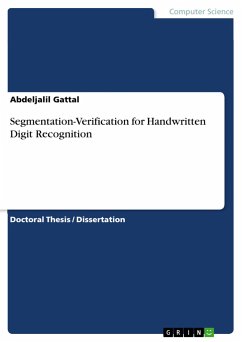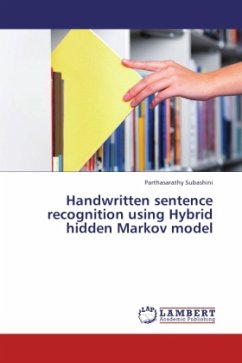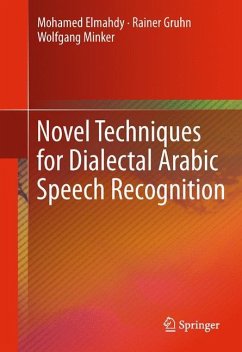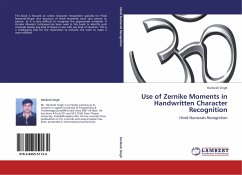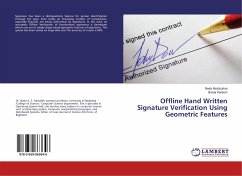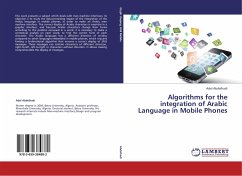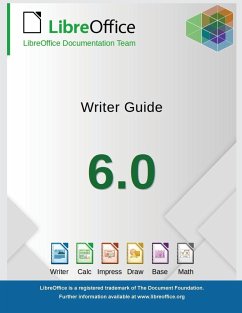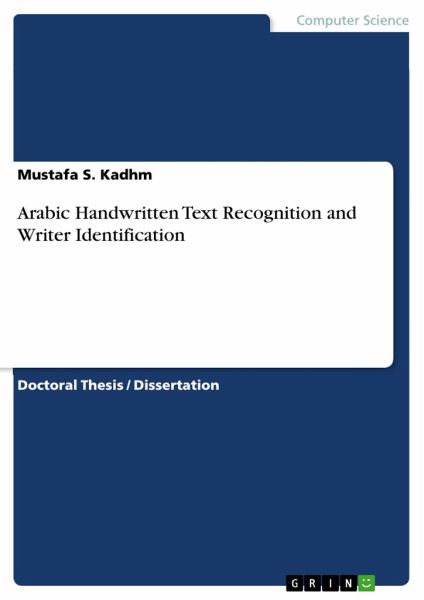
Arabic Handwritten Text Recognition and Writer Identification
Versandkostenfrei!
Versandfertig in 1-2 Wochen
52,95 €
inkl. MwSt.

PAYBACK Punkte
0 °P sammeln!
Doctoral Thesis / Dissertation from the year 2017 in the subject Computer Science - Applied, grade: 3, , language: English, abstract: Most of the governments and organizations have a huge number of handwritten documents generated by their daily processes. It is imperative to use computers to read the generated handwritten texts, and make them editable and searchable. Therefore, handwritten recognition lately became a very popular research topic and the number of its possible applications is very large. It's capable in resolving complex problems and simplify human activities by converting the h...
Doctoral Thesis / Dissertation from the year 2017 in the subject Computer Science - Applied, grade: 3, , language: English, abstract: Most of the governments and organizations have a huge number of handwritten documents generated by their daily processes. It is imperative to use computers to read the generated handwritten texts, and make them editable and searchable. Therefore, handwritten recognition lately became a very popular research topic and the number of its possible applications is very large. It's capable in resolving complex problems and simplify human activities by converting the handwritten documents into digital form. However, the Arabic handwritten text recognition is a complex process compared with other handwritten languages because Arabic handwritten text is cursive of nature.Therefore, this thesis proposed an Arabic handwritten text recognition and writer identification system based on segmenting the input handwritten text into handwritten sub-words. The systemhas two main modules that are used, for the recognition of the handwritten text and identifying the text's writer. The first module1 has six stages that work together to recognize the Arabic handwritten text and convert it into editable text. These stages are: image acquisition, segmentation, preprocessing, features base construction, classification and post-processing. The second module2 is identified the desired text's writers through several stages that similar to module1. The system proposes an efficient and accurate segmentation algorithm that segments the input handwritten text into a number of handwritten sub-images and each of these segmented sub-images has an Arabic handwritten sub-word. Besides that, an image thresholding algorithm is proposed to convert the sub-images into binary based on using fuzzy c-mean clustering method. Furthermore, the binary sub-images went through proposed noise removal algorithm in order to remove undesired pixels. After that, two groups of features are extracted from the handwritten sub-images. The first features group that is used for models1 includes structural, statistical, Discrete Cosine Transform (DCT) and proposed Modified Histogram of Oriented Gradient (MHOG1) features. However, the second features group which is used for module2 includes proposed MHOG2 and shape features. In addition, best classification results are obtained by using Support Vector Machine (SVM) classifier.



